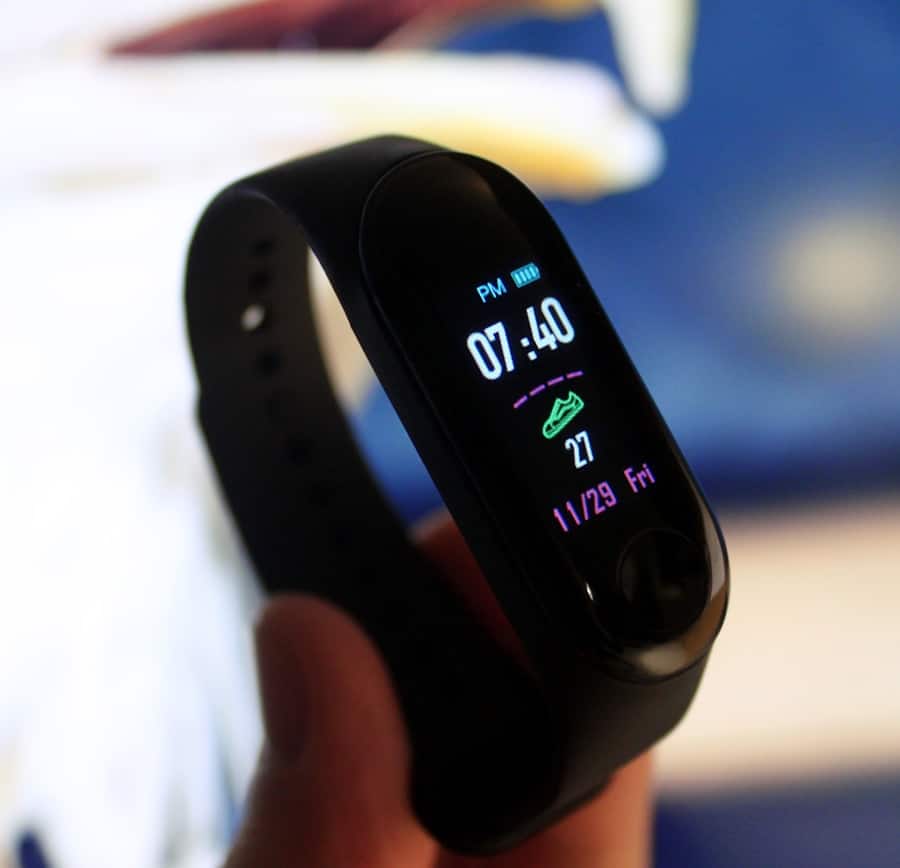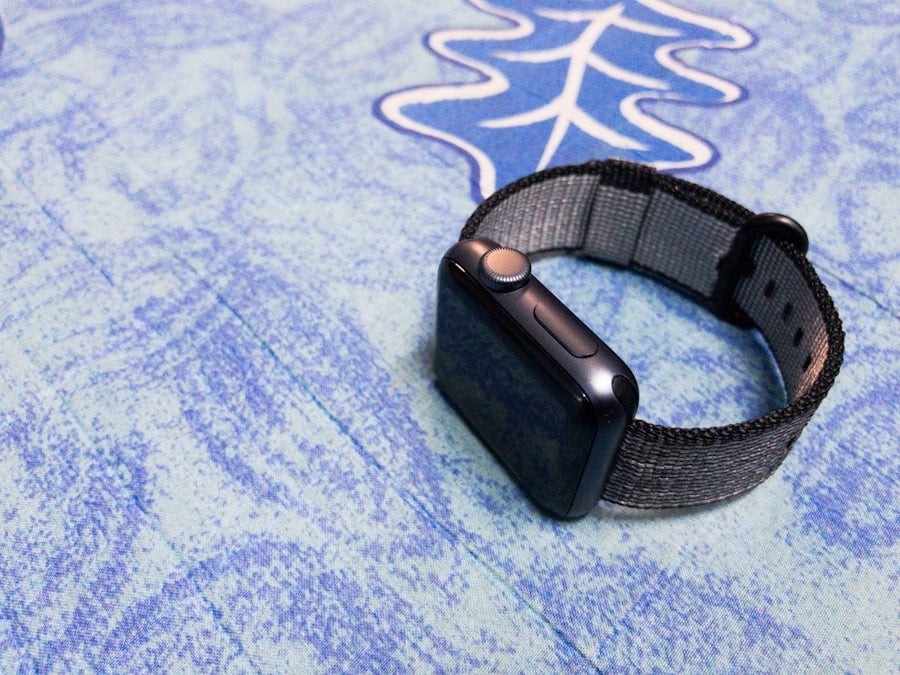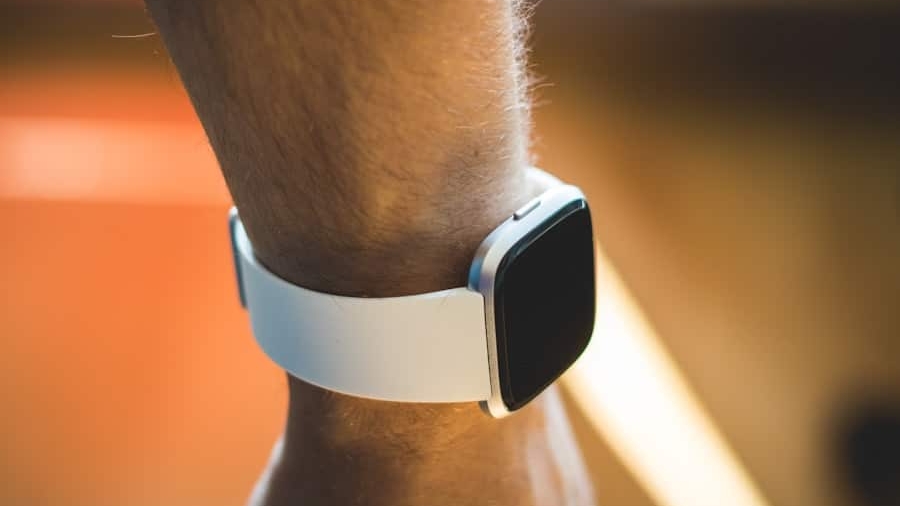The integration of wearable technology into physical therapy represents a significant evolution in the way rehabilitation is approached and delivered. Wearables, which encompass a range of devices such as smartwatches, fitness trackers, and specialized sensors, have gained traction in recent years due to their ability to collect real-time data on a patient’s physical activity and health metrics. This technology not only enhances the patient experience but also provides therapists with valuable insights that can inform treatment plans and improve outcomes.
As healthcare continues to embrace digital transformation, wearables are becoming an indispensable tool in the realm of physical therapy. The rise of wearables in physical therapy is driven by several factors, including the increasing prevalence of chronic conditions that require ongoing management and rehabilitation. Conditions such as arthritis, stroke, and sports injuries necessitate tailored physical therapy interventions, and wearables can facilitate personalized care by tracking progress and adherence to prescribed exercises.
Furthermore, the COVID-19 pandemic has accelerated the adoption of telehealth solutions, making remote monitoring through wearables more relevant than ever. This shift not only allows for continuity of care but also empowers patients to take an active role in their recovery journey.
Key Takeaways
- Wearables in physical therapy are becoming increasingly popular for monitoring patient progress and improving treatment outcomes.
- Wearables play a crucial role in monitoring patient progress by providing real-time data on movement, exercise, and vital signs.
- The advantages of using wearables in physical therapy include increased patient engagement, personalized treatment plans, and improved adherence to therapy programs.
- Common types of wearables used in physical therapy include activity trackers, smart clothing, and motion sensors.
- Challenges and limitations of wearables in physical therapy include data accuracy, patient privacy concerns, and the need for professional interpretation of the data.
The Role of Wearables in Monitoring Patient Progress
Assessing Improvements and Identifying Areas for Modification
This data can be invaluable for assessing improvements over time and identifying areas that may require additional focus or modification in the treatment plan. For instance, a physical therapist can analyze data from a wearable device to determine whether a patient is meeting their activity goals or if they are experiencing any setbacks.
Enhancing Motivation and Adherence
Moreover, wearables facilitate real-time feedback for patients, which can enhance motivation and adherence to prescribed exercises. When patients receive immediate notifications about their performance—such as completing a certain number of steps or achieving a target heart rate—they are more likely to stay engaged in their rehabilitation program.
Fostering Accountability and Celebrating Milestones
This immediate feedback loop can be particularly beneficial for individuals recovering from surgery or injury, as it encourages them to remain active and committed to their recovery goals. The ability to track progress over time also fosters a sense of accountability, as patients can visually see their improvements and celebrate milestones along the way.
Advantages of Using Wearables for Physical Therapy

The advantages of incorporating wearables into physical therapy are manifold. One of the most significant benefits is the enhanced ability to personalize treatment plans based on real-time data. Traditional methods of assessment often rely on periodic evaluations during scheduled appointments, which may not accurately reflect a patient’s daily activity levels or challenges.
Wearables bridge this gap by providing continuous monitoring, allowing therapists to adjust treatment strategies promptly based on objective data rather than subjective reports from patients. Additionally, wearables can improve patient engagement and motivation.
For example, some wearables allow patients to compete against themselves or others in step counts or exercise completion rates, making the rehabilitation process more enjoyable. This gamified approach can lead to increased adherence to exercise regimens, ultimately resulting in better outcomes. Furthermore, the convenience of wearables means that patients can perform exercises at home or in their community settings, reducing barriers to access and enabling more consistent practice.
Types of Wearables Used in Physical Therapy
A diverse array of wearable devices is utilized in physical therapy, each designed to address specific needs and functionalities. Fitness trackers are among the most common types of wearables used in rehabilitation settings. These devices typically monitor basic metrics such as steps taken, calories burned, and heart rate.
They are particularly useful for patients recovering from lower limb injuries or surgeries, as they encourage movement and help track progress toward mobility goals. Smartwatches also play a significant role in physical therapy by offering more advanced features such as GPS tracking, heart rate variability monitoring, and even ECG capabilities. These features can be particularly beneficial for patients with cardiovascular concerns or those undergoing cardiac rehabilitation.
Additionally, specialized sensors and smart clothing equipped with motion capture technology provide detailed insights into biomechanics and movement patterns. For instance, wearable sensors can analyze gait mechanics in patients recovering from stroke or orthopedic surgeries, allowing therapists to tailor interventions based on precise movement data.
Challenges and Limitations of Wearables in Physical Therapy
Despite the numerous advantages of wearables in physical therapy, several challenges and limitations must be addressed for their effective implementation. One significant concern is the variability in device accuracy and reliability.
This variability can lead to misinterpretations of a patient’s progress and potentially hinder treatment decisions. Therefore, it is essential for therapists to select high-quality devices that have been validated for clinical use. Another challenge lies in patient compliance and technology acceptance.
While many individuals are enthusiastic about using technology to aid their recovery, others may feel overwhelmed or resistant to adopting new devices. Factors such as age, technological literacy, and personal preferences can influence a patient’s willingness to engage with wearable technology. To overcome this barrier, healthcare providers must prioritize education and support, ensuring that patients understand how to use the devices effectively and how they contribute to their rehabilitation goals.
Case Studies: Success Stories of Wearables in Physical Therapy

Wearables in Physical Therapy: Enhancing Patient Outcomes
Wearables have been successfully integrated into physical therapy practices, significantly enhancing patient results. A notable case study involves a rehabilitation program for stroke survivors that utilized wearable sensors to monitor upper limb movement during therapy sessions.
### Monitoring Movement and Tailoring Exercises
Analyzing data collected from the sensors, therapists identified specific movement deficits and tailored exercises accordingly. As a result, patients demonstrated marked improvements in motor function and independence over the course of their rehabilitation.
### Personalized Training Regimens
Another compelling case study involved athletes recovering from sports-related injuries who utilized smartwatches equipped with GPS tracking and heart rate monitoring during their rehabilitation process. The data collected allowed therapists to design individualized training regimens that gradually increased intensity while ensuring that athletes remained within safe physiological limits.
### Expedited Recovery and Reduced Risk of Re-injury
This approach not only expedited recovery times but also helped athletes return to their sport with greater confidence and reduced risk of re-injury.
Future Trends and Developments in Wearables for Physical Therapy
The future of wearables in physical therapy is poised for exciting advancements as technology continues to evolve. One emerging trend is the integration of artificial intelligence (AI) and machine learning algorithms into wearable devices. These technologies can analyze vast amounts of data collected from patients to identify patterns and predict outcomes more accurately.
For instance, AI-driven analytics could help therapists determine which interventions are most effective for specific patient populations based on historical data. Additionally, the development of more sophisticated sensors capable of measuring a wider range of physiological parameters is on the horizon. Future wearables may include features such as muscle fatigue monitoring or real-time biomechanical analysis during movement, providing therapists with even deeper insights into patient performance.
Furthermore, as telehealth continues to gain traction, we can expect wearables to play an increasingly central role in remote patient monitoring and virtual rehabilitation programs.
Tips for Choosing the Right Wearable for Physical Therapy Tracking
Selecting the appropriate wearable device for physical therapy tracking requires careful consideration of several factors. First and foremost, it is essential to assess the specific needs of the patient and the goals of their rehabilitation program. For instance, individuals recovering from lower limb injuries may benefit from devices that focus on step tracking and gait analysis, while those with cardiovascular concerns might require wearables that monitor heart rate variability.
Another critical factor is ease of use; the chosen device should be user-friendly and comfortable for the patient to wear throughout their daily activities. It is also advisable to consider compatibility with other health apps or platforms that may be used by healthcare providers for data analysis and communication. Finally, consulting with healthcare professionals who have experience with various wearable technologies can provide valuable insights into which devices have proven effective in similar clinical settings.
In conclusion, the integration of wearable technology into physical therapy offers numerous benefits that enhance patient care and improve outcomes. By leveraging real-time data collection and personalized feedback mechanisms, therapists can tailor interventions more effectively while empowering patients to take an active role in their recovery journey. As technology continues to advance, wearables will undoubtedly play an increasingly vital role in shaping the future landscape of physical therapy.
If you are interested in exploring the latest technology trends in the healthcare industry, you may also want to check out this article on free SEO tools for beginners in 2023. Just like how wearables are revolutionizing physical therapy progress tracking, SEO tools are essential for improving online visibility and reaching a wider audience in the digital world. Both articles highlight the importance of leveraging technology to enhance various aspects of our lives.
FAQs
What are wearables in the context of physical therapy?
Wearables in the context of physical therapy refer to devices such as fitness trackers, smartwatches, and other sensor-based technologies that are worn on the body to track movement, activity levels, and other health-related data.
How do wearables enhance progress tracking in physical therapy?
Wearables enhance progress tracking in physical therapy by providing real-time data on a patient’s movement, activity levels, and adherence to prescribed exercises. This data allows physical therapists to monitor progress more accurately and make adjustments to treatment plans as needed.
What types of data can wearables track in physical therapy?
Wearables can track a variety of data in physical therapy, including steps taken, distance traveled, heart rate, sleep patterns, and specific movements during exercises. Some wearables also have the capability to track muscle activity and joint range of motion.
How do wearables benefit patients undergoing physical therapy?
Wearables benefit patients undergoing physical therapy by providing them with objective feedback on their progress, motivating them to stay active and adhere to their treatment plans, and allowing them to take a more active role in their own rehabilitation.
Are there any limitations to using wearables in physical therapy?
Some limitations of using wearables in physical therapy include the need for patients to be comfortable with technology, potential inaccuracies in data collection, and the cost of the devices. Additionally, not all types of physical therapy interventions may be suitable for tracking with wearables.

